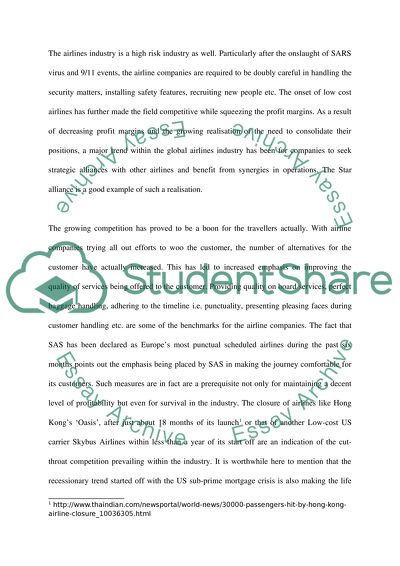Cite this document
(“Strategic Management: Airlines industry Essay Example | Topics and Well Written Essays - 2500 words”, n.d.)
Retrieved from https://studentshare.org/miscellaneous/1514307-strategic-management-airlines-industry
Retrieved from https://studentshare.org/miscellaneous/1514307-strategic-management-airlines-industry
(Strategic Management: Airlines Industry Essay Example | Topics and Well Written Essays - 2500 Words)
https://studentshare.org/miscellaneous/1514307-strategic-management-airlines-industry.
https://studentshare.org/miscellaneous/1514307-strategic-management-airlines-industry.
“Strategic Management: Airlines Industry Essay Example | Topics and Well Written Essays - 2500 Words”, n.d. https://studentshare.org/miscellaneous/1514307-strategic-management-airlines-industry.


